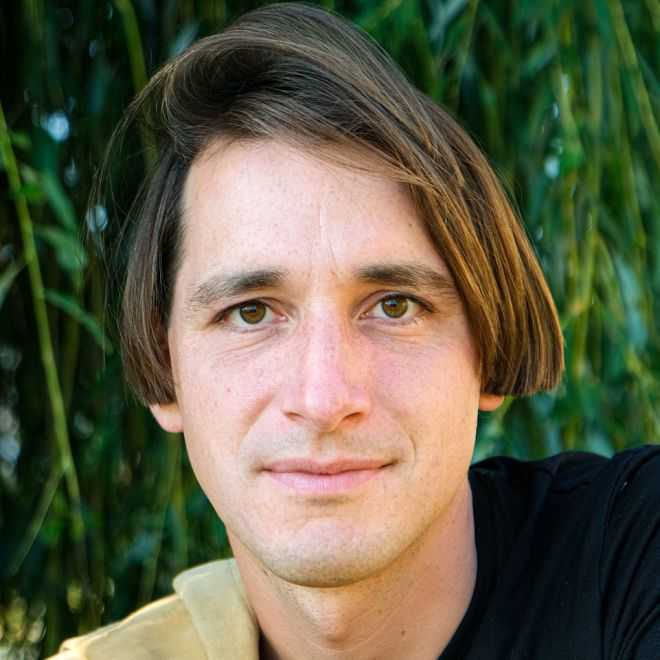Suppressing errors is the central challenge for quantum computers to become practically relevant. The paradigmatic approach to this is quantum error correction, which uses quantum codes—redundantly encoded ‘logical qubits’—in combination with repeated rounds of error detection and correction. In this work, we report the realization of a quantum processor whose fundamental processing units are such logical qubits. The processor is based on reconfigurable arrays of neutral atoms in optical tweezers. On this processor we demonstrate how errors can be suppressed using error detection in various quantum codes, and also demonstrate a single round of syndrome extraction and error correction, the fundamental unit of more complicated error corrected computations. In one of our experiments, we run computationally complex encoded computations on up to 48 logical qubits using [[8,3,2]] 3D color codes. Those computations exploit the transversal gate set of the [[8,3,2]] codes in combination with transversal CNOT gates. This allows us to implement so-called degree-3 IQP circuits in a hypercube connectivity. In this talk, I will first give an overview of our results, and then dive into some details of the complex hypercube IQP circuits, in particular, their scrambling properties, simulation complexity, and behaviour under noise. In particular, I will show a statistical model that can be used to analyze two-copy average properties of random IQP circuits with CNOT gates in arbitrary geometries. I will give an outlook towards increasing the code distance, and using Bell measurements for efficiently validated quantum advantage demonstrations.
(Speaker will be here in-person and there will be refreshments in the room.)
*We strongly encourage attendees to use their full name (and if possible, their UMD credentials) to join the zoom session.*
